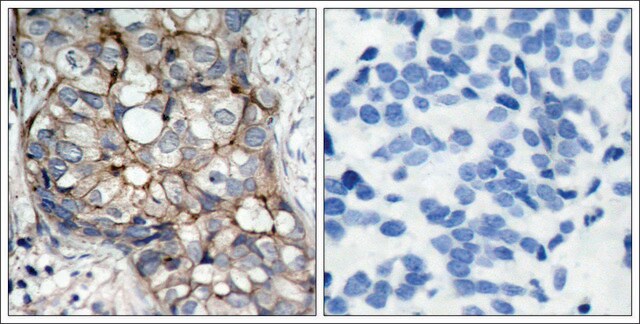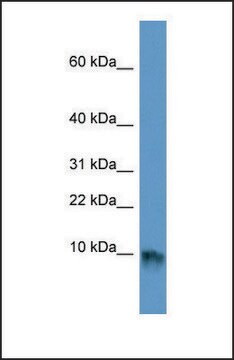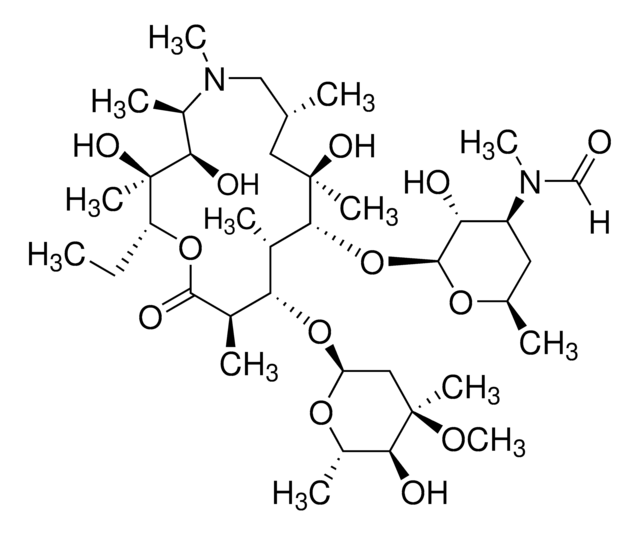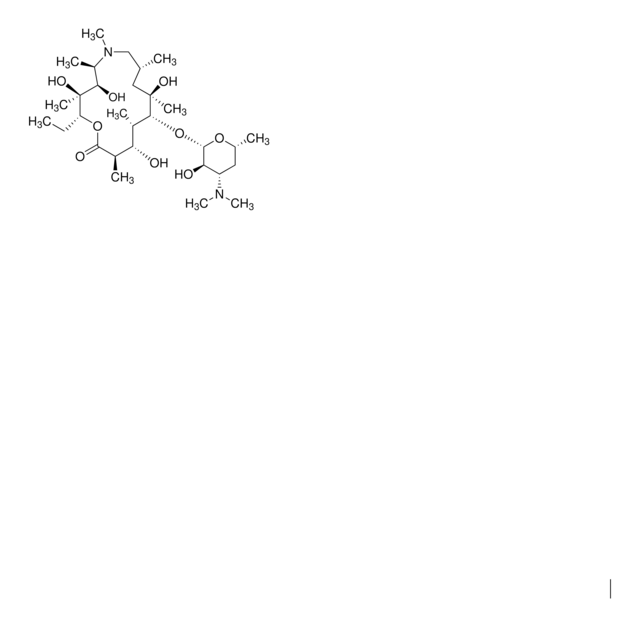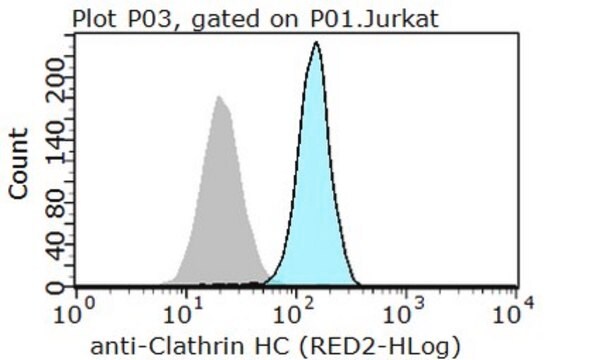PLA0101
Rabbit anti-EGFR Antibody, Affinity Purified
Powered by Bethyl Laboratories, Inc.
Sinónimos:
ERBB, ERBB1, HER1, NISBD2, PIG61, avian erythroblastic leukemia viral (v-erb-b) oncogene homolog, cell growth inhibiting protein 40, cell proliferation-inducing protein 61, epidermal growth factor receptor (avian erythroblastic leukemia viral (v-erb-b) oncogene homolog), erb-b2 receptor tyrosine kinase 1, erythroblastic leukemia viral (v-erb-b) oncogene homolog (avian), mENA, proto-oncogene c-ErbB-1, receptor tyrosine-protein kinase erbB-1
About This Item
Productos recomendados
origen biológico
rabbit
Nivel de calidad
forma del anticuerpo
affinity purified immunoglobulin
tipo de anticuerpo
primary antibodies
grado
Powered by Bethyl Laboratories, Inc.
reactividad de especies
mouse, human
técnicas
immunohistochemistry: 1:500- 1:2,000
immunoprecipitation (IP): 2-10 μg/mg
western blot: 1:10,000-1:25,000
nº de acceso
P00533
Nº de acceso UniProt
Condiciones de envío
wet ice
temp. de almacenamiento
2-8°C
Información sobre el gen
rabbit ... EGFR(1956)
Descripción general
Inmunógeno
Acciones bioquímicas o fisiológicas
Forma física
Otras notas
Cláusula de descargo de responsabilidad
¿No encuentra el producto adecuado?
Pruebe nuestro Herramienta de selección de productos.
Código de clase de almacenamiento
12 - Non Combustible Liquids
Clase de riesgo para el agua (WGK)
nwg
Punto de inflamabilidad (°F)
Not applicable
Punto de inflamabilidad (°C)
Not applicable
Elija entre una de las versiones más recientes:
Certificados de análisis (COA)
¿No ve la versión correcta?
Si necesita una versión concreta, puede buscar un certificado específico por el número de lote.
¿Ya tiene este producto?
Encuentre la documentación para los productos que ha comprado recientemente en la Biblioteca de documentos.
Nuestro equipo de científicos tiene experiencia en todas las áreas de investigación: Ciencias de la vida, Ciencia de los materiales, Síntesis química, Cromatografía, Analítica y muchas otras.
Póngase en contacto con el Servicio técnico